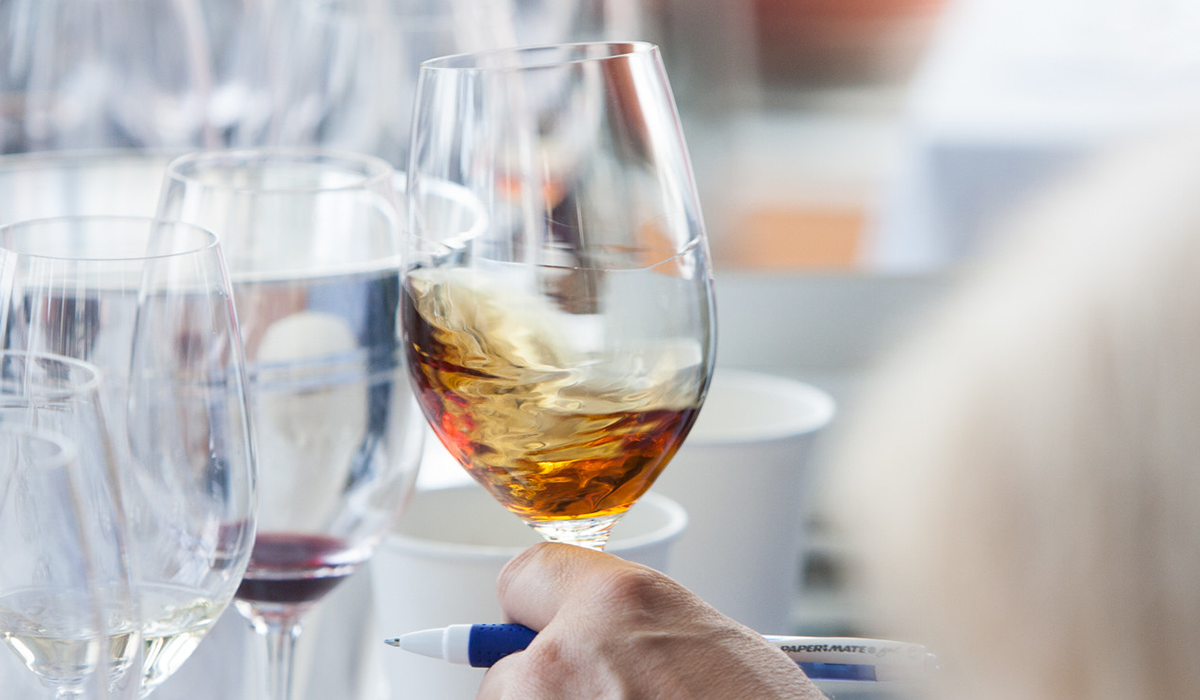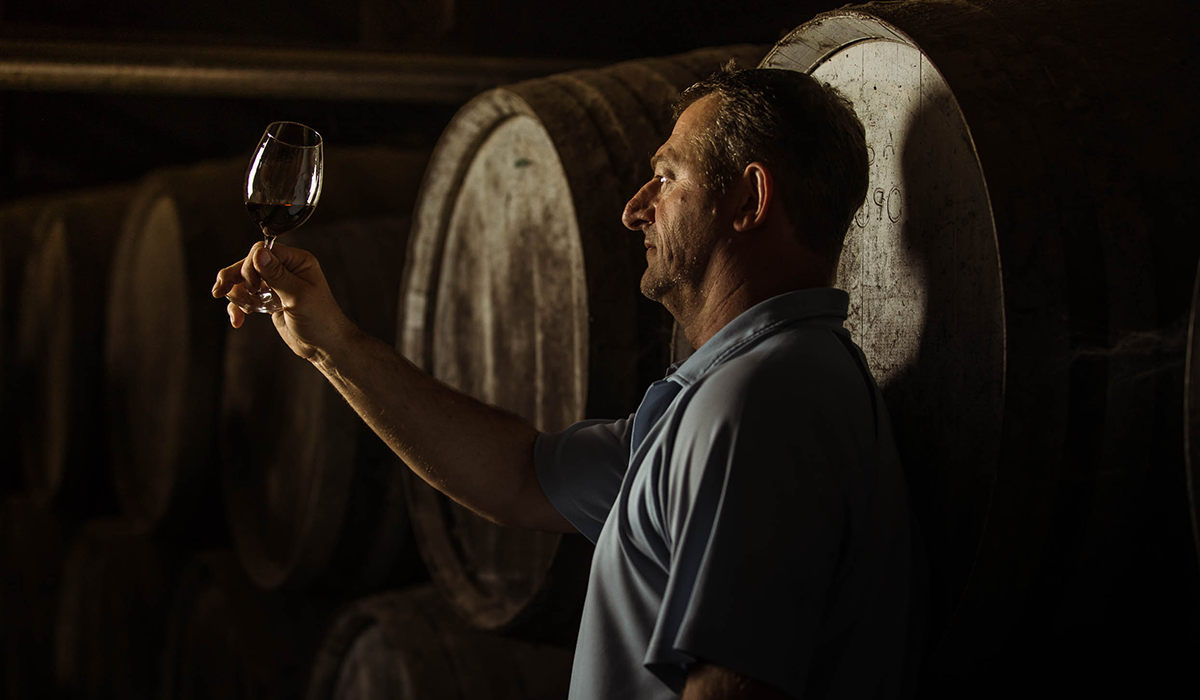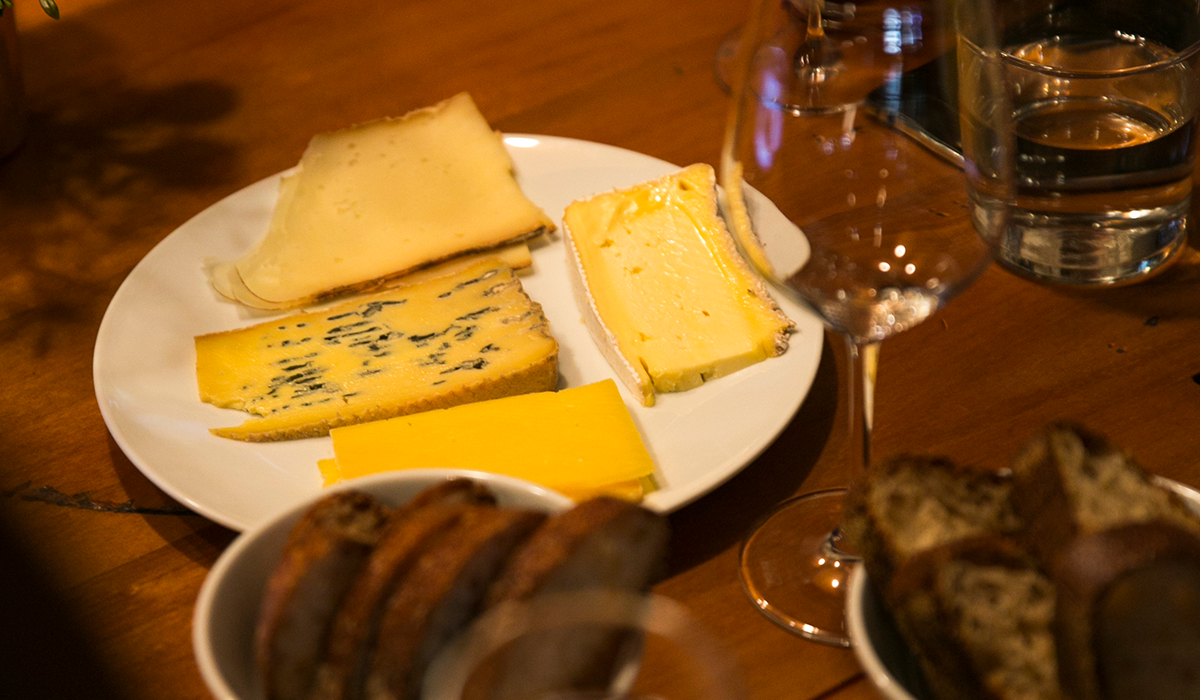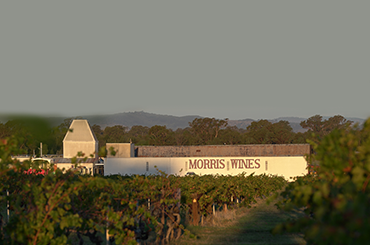Go to section: What is fortified wine? | Topaque and muscat | Sherry and apera | Port and fortified red wines | Madeira | Marsala | How to pair food with fortified wine | Serving temperature for fortified wine
What is fortified wine?
Fortified wines are those that have had additional alcohol added to them. They are wines that have been bolstered in alcohol content and flavour by a grape spirit. Typically, this happens early in the fermentation, leaving the sugar unfermented and so creating a sweet wine.There are dry styles of fortified wines too, such as Spain’s sherry or Australia’s apera; these have the spirit added at the end of fermentation, when the sugar has all been fermented.
Most warm wine regions around the world make some sort of fortified wine, whether that be Portugal’s Douro and Madeira, or Australia’s Rutherglen, or Barossa.

Topaque and muscat
Topaque is made from semi-dried muscadelle grapes that have been partly fermented, fortified and then aged.Produced in dry and sweet styles, topaque is rich and complex. Classic flavours of topaque include a unique cold-tea flavour, candied fruits, honey and toffee.
Topaque was previously referred to as tokay, but its name was changed in Australia to avoid confusion with Tokaj wines from Hungary.
Muscat is made from muscat blanc à petit grains rouge, which you may know as brown muscat (and then there's also white muscat). Muscat and topaque are made using the same method.
Topaque and muscat are most famously produced in Victoria's Rutherglen. They're made using the same method. The grapes are harvested once they've reached the optimal level of sugar concentration. They're the crushed, fermented, fortified and aged in oak barrels.
Sherry and apera
Apera is Australia's sherry. Sherry is a fortified wine using white grapes grown and made in Jerez in Spain. The word 'Jerez' translates to 'sherry' in English. So in the same way that Australian sparkling can't be called Champagne, Australian expressions of sherry are called apera.Apera is a fortified wine where brandy is added. When it comes to timing of fortification for dry wine, the fortification happens after fermentation is complete.
So, how does it work? A layer of flor (also known as yeast) caps the wine to slow oxidisation in the barrel. Ageing under flor is also known as biological ageing. The flor forms on the wine's surface to protect it from oxygen. This is also how nutty, biscuit, and bread dough flavours are introduced.
A base wine is fortified to 15 per cent alcohol by volume (ABV) before it enters a stage known as 'solera'. Solera is an ageing system – where casks contain wines of various ages that are continuously blended together as they age. Distinctive flavours are developed in the solera stage.
Styles of apera that are not aged under flor are generally richer in colour and flavour and have a higher ABV.
Wines that have not been aged under flor are oxidatively aged – this is where the wines have been deliberately exposed to oxygen during the winemaking process.
While apera is mostly dry, there are also sweet and blended styles. Sweeter styles are made by using dried pedro ximénez grapes, and blended styles are blend of dry apera with a sweet component (i.e. concentrated grape juice).
Port and fortified red wines
Fortified red wines, which may be labelled tawny (where the age must be started), fortified shiraz or even 'VP', are wines where fortification happens during fermentation to stop the fermentation process – the result is a sweet fortified wine.Native to Portugal, you may have tried a port wine (styles like vintage port, ruby port, and tawny port). These are sweet, fortified red wines (there are also rosé and white port styles, but these are far less common). There are two main styles of fortified red wines – those aged in bottle (ruby port, vintage port) and those aged in barrel (tawny port).
In Australia, fortified red wines are produced in various warm regions including the Barossa, McLaren Vale, Riverland, and Rutherglen, using varieties such as grenache, mataro, shiraz, and portugese grapes such as touriga. Fortified red wines in Australia are typically called Tawny, VP, or simply Vintage Shiraz.
Expect flavours of raisins, mixed spice, chocolate, hazelnuts, dried figs, coffee and burnt butter. Tawny's nutty and caramel flavours are more distinct than port.
Madeira
Madeira is commonly made from muscat (moscatel) or verdelho grapes and imparts notes of caramel, roasted nuts, stewed fruit and toffee. Madeira is uniquely aged under heat using the estufa or canteiro methods. The estufa method means the madeira is heated in tanks. The canteiro method is ageing that occurs in barrels in a heated room our outside in the sun.
Marsala
Marsala wines are fortified wines that are classed by colour, sweetness and age. Native to Sicily, marsala is made with added brandy or a grape spirit. Marsala flavours include vanilla, brown sugar, stewed apricot and tamarind. More premium examples include notes of cherry, honey and tobacco. It is also a common wine used for cooking and in desserts like tiramisu.
How to pair food with fortified wine
When it comes to food and fortified wine the classic, go-to pairing is blue cheese or almost any chocolate-based dessert. Try muscat with foie gras or topaque with sticky date pudding.
Serving temperature for fortified wine
Depending on the style, the ideal serving temperature for fortified wine is 10–18 degrees.Sign up to view these tasting notes and ratings
By becoming a member of Wine Companion, you'll have access to the largest database of wines in Australia.
Image credit: Wine Australia.










